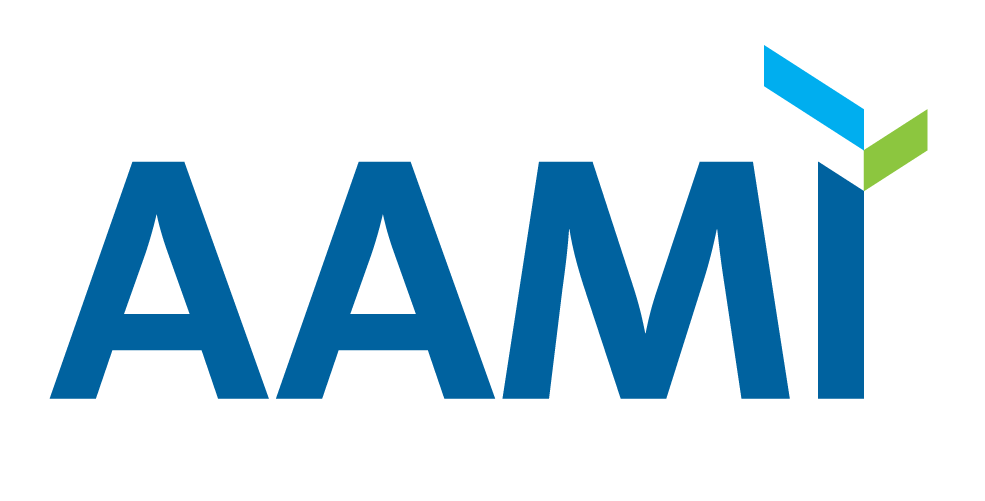The First Two Years: 2012–13: Developing an Evidence Base and Identifying Innovative Practices
Immediately after the summit, the AAMI Foundation added clinical alarms to its portfolio of multidisciplinary initiatives to advance patient safety. The Foundation invited more than two dozen leading researchers, clinicians, and industry and regulatory representatives to join its Alarms Systems Steering Committee and turn the clarion themes and priority issues from the summit into an actionable agenda.
The steering committee focused its attention broadly, from conducting research reviews to building a knowledge repository, from making recommendations to regulators to developing a roadmap for hospitals to improve alarm management, and from designing alarm systems that reliably inform caregivers about patient status to differentiating alarm parameters for different patients and conditions.
The Foundation also created an Alarm Best Practices Workgroup. The efforts of the steering committee and workgroup made an impact. In 2013, for example, The Joint Commission issued a Sentinel Event Alert advising facilities to take actions to prevent alarm-related adverse patient outcomes. These recommendations aligned with the steering committee’s recommendations:
- Ensure there is a process for safe alarm management and response in high-risk areas.
- Prepare an inventory of alarm-equipped medical devices used in high-risk areas and for high-risk conditions and identify appropriate default settings.
- Establish guidelines for alarm settings on devices used in high-risk areas and identify when alarm signals are not clinically necessary.
- Create guidelines for tailoring alarm settings for individual patients and address situations when limits can be altered to minimize alarm signals.
- Inspect, check, and maintain medical devices to provide for accurate and appropriate alarm settings, proper operation, and detectability.
The Sentinel Event Alert also recommended that all clinical care team members receive training and education on alarm management and response in high-risk areas. In addition, the alert advised healthcare facilities to look to reduce “nuisance” alarm signals and ensure that critical signals are audible in patient care areas.
Leading practitioners also prioritized major alarm management challenges for clinicians:
- The proliferation of alarmed devices in healthcare settings
- Limitations of alarm systems and devices
- Alarm burden and alarm fatigue
- Alarm management, knowledge, and education
Informed by the workgroups, the Foundation launched a Safety Innovations series of white papers, reports, and guides profiling leading healthcare organizations that are solving these types of tough safety issues related to clinical alarms. Researchers and practitioners in healthcare delivery organizations shared their best practices, challenges, lessons learned, and tips in the Safety Innovations series. Many conducted action research using data and observations from their own healthcare settings—and some conducted formal research with support from the AAMI Foundation and our partners.
In these first two years, engaged stakeholders identified tremendous research gaps in knowledge about clinical alarms, including:
- A lack of root cause analysis for alarm system issues.
- A lack of science that demonstrates the relationship between alarm parameters and patient outcomes.
- A lack of evaluation of how well clinicians recognize, understand, and learn audible alarm signals.
These important contributions led to groundbreaking studies on underexplored aspects of clinical alarms and alarm management, including alarm settings, alarm parameters, and audible alarm signals.
